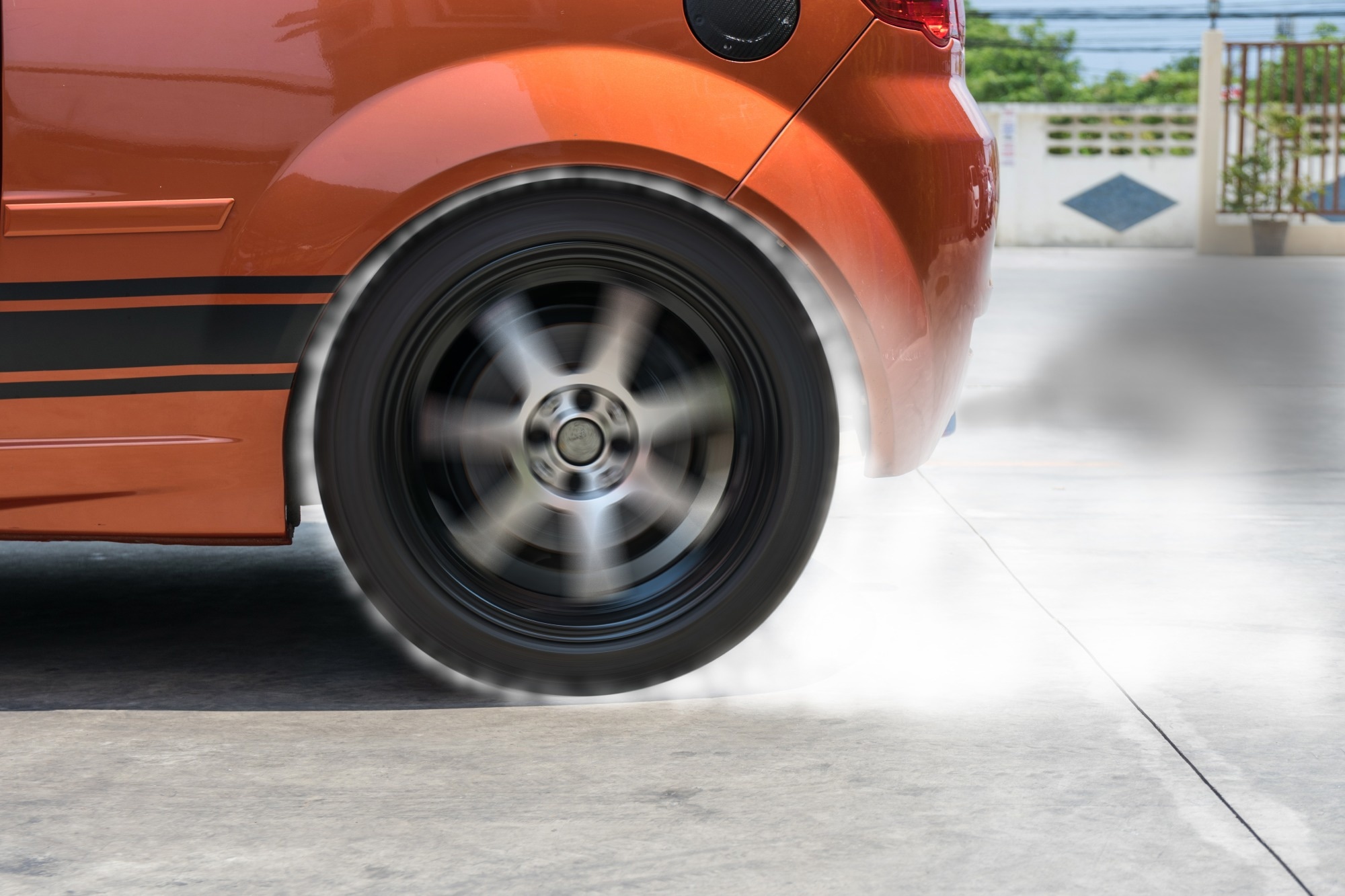Reviewed by Alex SmithJul 26 2022
Friction is an unavoidable opponent for devices with mechanical parts. It is a primary cause of service failure and may shorten the lifetime of any equipment, from bicycles to cars to aircraft and manufacturing lines.

Image Credit: Shutterstock.com/ ETAP
A new study led by the University of Pittsburgh reveals the atomic-scale friction of a single tungsten asperity, or rougher edge, in real-time, using electron microscopy for the first time to demonstrate atomic motion. The research, conducted by two Swanson School of Engineering groups, was just published in the journal Nature Nanotechnology.
Until now, no one has been able to actually see the atomically resolved friction process with a clear-cut interface, so the relationship between the friction mechanisms and the interface hasn’t been fully understood. In this study, we were able to actually see the sliding pathway of interface atoms and the dynamic strain and stress evolution on the interface that has only previously been shown by simulations.
Guofeng Wang, CNG Faculty Fellow and Professor, Mechanical Engineering and Materials Science, University of Pittsburgh
Wang’s group worked with the now-retired John Swanson. Endowed Professor Scott X. Mao’s Swanson School research group will produce the first atomic-scale picture of friction. Mao’s group was able to see the movement of atoms across the surface when two surfaces interacted and moved using a high-resolution transmission electron microscope.
Wang’s team was subsequently able to utilize computer simulations to confirm what the tiny visualizations revealed and learn more about the forces at work.
Though this research focused on tungsten atoms because of their exceptional resistance to the heat generated by the microscope, the approach may be used on any material to better understand friction and wear.
What we found is that no matter how smooth and clean the surface is, friction still occurs at the atomic level. It’s completely unavoidable. However, this knowledge can lead to better lubricants and materials to minimize friction and wear as much as possible, extending the life of mechanical systems.
Guofeng Wang, CNG Faculty Fellow and Professor, Mechanical Engineering and Materials Science, University of Pittsburgh
Xiang Wang, a recently graduated Ph.D. student, and Zhenyu Liu, a post-doctoral researcher, led the study. Yang He, Susheng Tan, Guofeng Wang, and Scott X. Mao collaborated on it. The National Science Foundation provided funding for this research (NSF CMMI 1824816).
Journal Reference:
Wang, X., et al. (2022) Atomic-scale friction between single-asperity contacts unveiled through in situ transmission electron microscopy. Nature Nanotechnology. doi.org/10.1038/s41565-022-01126-z.